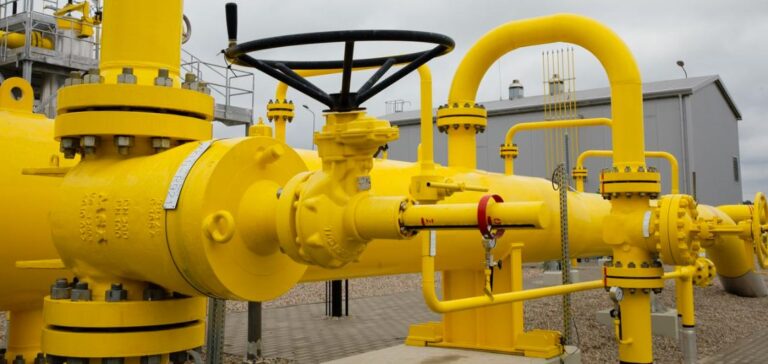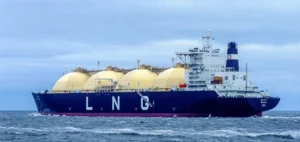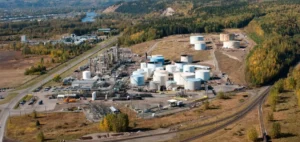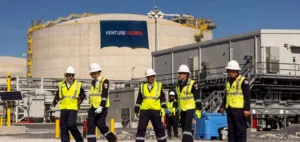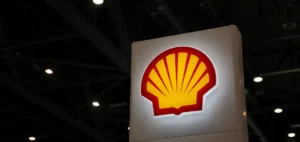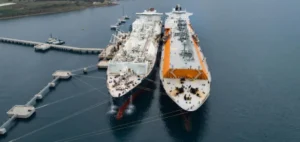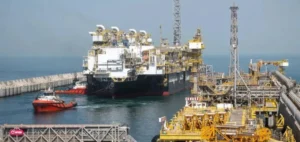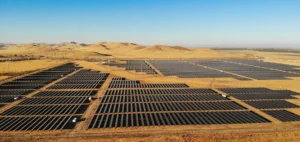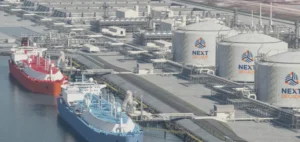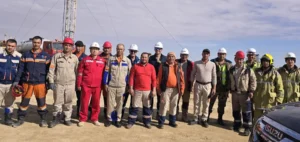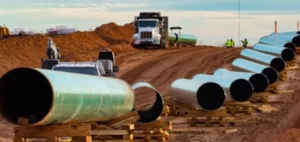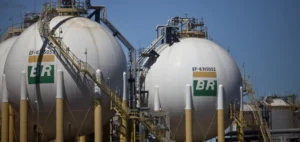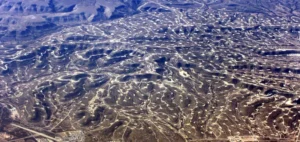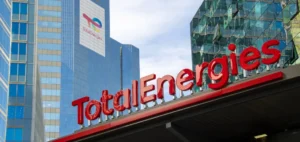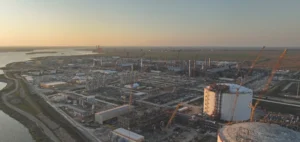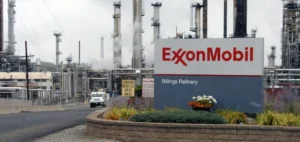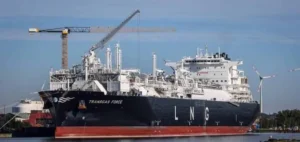Baltic Pipe is the subject of an agreement between Ørsted and Equinor for the supply of Norwegian gas to Denmark.
A gas agreement
The Baltic Pipe agreement covers the period from January1, 2023 to April1, 2024. The total volumes of gas supplied will be approximately 8TWh. This level corresponds to about a quarter of the total Danish gas consumption forecast according to Ørsted.
The completion of the Baltic Pipe pipeline allows Ørsted to buy gas from Norwegian production companies. This pipeline connects the Norwegian gas pipeline network to Denmark. With this agreement, Ørsted has more coverage of its Danish and Swedish customers’ production.
Securing supplies
Søren Thygesen Blad, head of gas portfolio management at Ørsted, says:
“We are delighted to have reached this agreement with Equinor, which ensures a stable supply of Norwegian gas to Denmark via Baltic Pipe during the period when the Tyra field is not supplying gas to Denmark. With this agreement, we will have more than enough gas to meet our customers’ gas demand for the coming winter and next winter, allowing us to supply our Danish gas storage facilities during the summer.”
The agreement thus strengthens the security of supply in Denmark. It allows to replace the gas volumes that Ørsted wanted to buy on the European gas market.
This agreement around Baltic Pipe allows us to obtain gas volumes on a less volatile market. Indeed, Equinor is a Norwegian energy company. In addition, Ørsted will generate in 2021, a turnover of €10.4 billion


